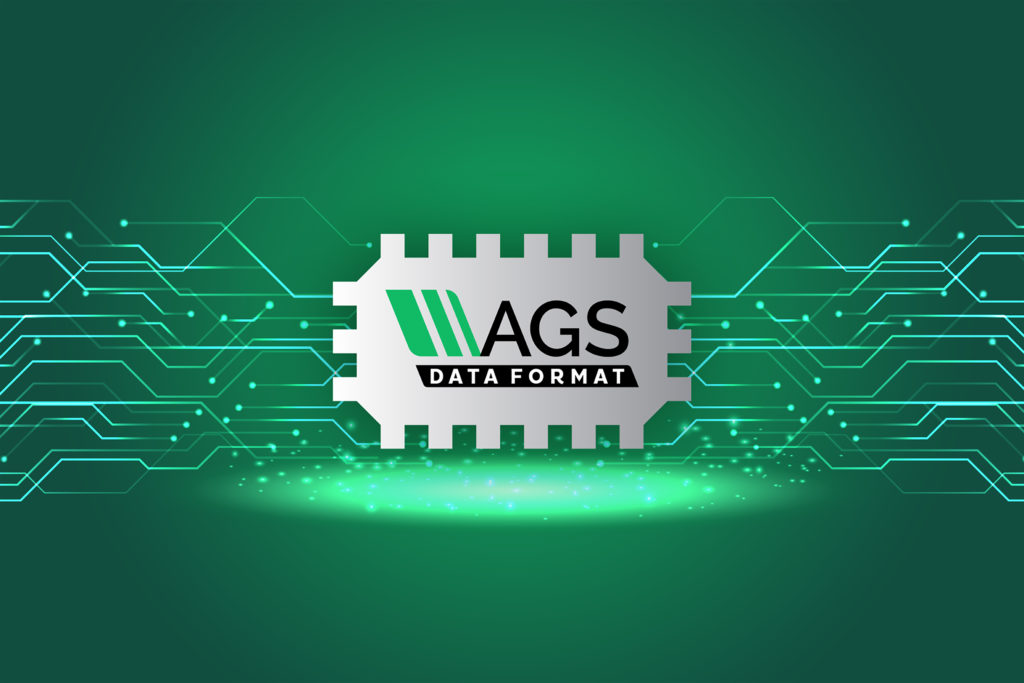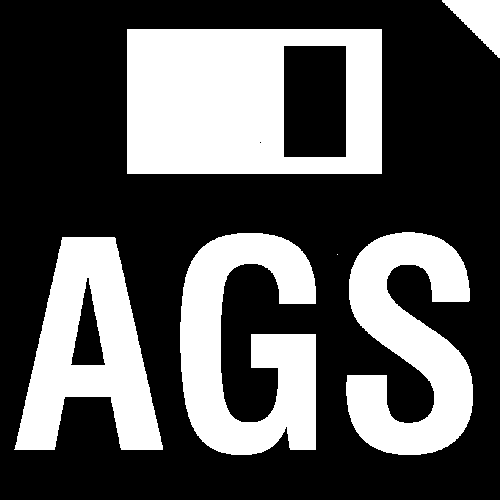
Article provided by Phil Hines, Federation of Piling Specialists
Almost all construction experts agree that the greatest risk to a construction project is ground conditions and in particular, when ground conditions are different to those expected. Equally most people agree that employing computers to analyse vast amounts of data and present it in a user-friendly way is far more effective than having humans reading reams of data, transposing data into different formats such as excel and producing 2-D plots from which to produce designs etc. So why is it that Federation of Piling Specialist (FPS) members in a recent survey responded that they still receive 96% of the site investigation (SI) data and information, on which they have to base their advice, solutions and pricing, as pdf documents?
The first and obvious thought might be that it is because digital data does not exist? Wrong! The Association of Geotechnical Specialists (AGS) launched the common data transfer format for site investigation data in 1991, which is almost 30 years ago! This was well before BIM or Common Data Environment had become commonly known digital terms in the construction industry. The AGS are currently leading a cross industry working group that are looking at better ways to procure, specify and distribute SI information including the use of AGS data. So, the SI contractors are producing the digital data needed to make the optimal interpretation of the conditions, but the FPS specialist contractors are not receiving it. This begs the question – where is it?
All around us we hear about the power of digital data, yet construction is painfully slow in adapting. The government’s challenge to the industry becoming BIM level 2 compliant caused a scare for a while and got people interested in the topic but has it really changed the way we work. On many construction projects there are teams of architects and consulting engineers pouring over project models but how many of them include the AGS format soil information and why is it not shared with the specialist contractors?
The specialist contractors can help the client better manage the risk in the ground developing innovative solutions, but these can only be fully optimised by having the best possible understanding of the ground conditions. Having the data will also help us specialists more accurately assess the ground conditions and their effects on methodology, production rates etc., reducing risk priced into projects. Having a common understanding of the ground conditions will also help in reducing conflict when things are different because the base assumptions will be more clearly established. But there is a word of caution just because we use the digital information does not mean that the actual ground conditions will not vary on occasions because that is the beauty of geotechnics!
So next time you receive a SI report please ask where the AGS format data is held and how you can transmit it (or give access to it) to the specialist contractor members of the FPS along with that tender enquiry! Please do not wait to be asked for it – we often only get one to two weeks to price a project and we need this information at the start not halfway through the tender period. Then working together, we can better manage the risk in ground engineering for the benefit of all.
